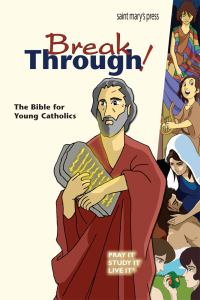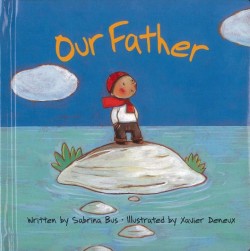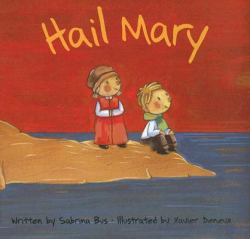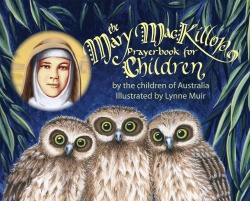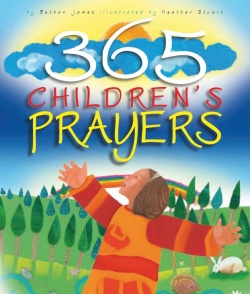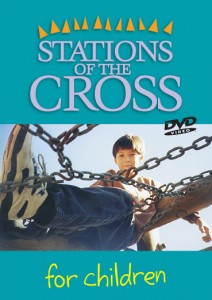- Home
- Issue 10: Care for Our Home
- Issue 9: Eco-Spirituality
- Issue 8: Interfaith Understanding
- Archives
- About us
- Contact
For Primary
The following resources are designed to support you in fostering faith and spirituality in our youngest Catholics.
They are intended to help you convey to your students what prayers are and how important it is to talk to God.
Practical, age-appropriate activities are provided to support your teaching.
Our Father
Our Father, Who art in heaven
Hallowed be Thy Name;
Thy kingdom come,
Thy will be done,
on earth as it is in heaven.
Give us this day our daily bread,
and forgive us our trespasses,
as we forgive those who trespass against us;
and lead us not into temptation,
but deliver us from evil. Amen.
Hail Mary
Hail Mary, full of grace.
Our Lord is with thee.
Blessed art thou among women,
and blessed is the fruit of thy womb,
Jesus.
Holy Mary, Mother of God,
pray for us sinners,
now and at the hour of our death.
Amen.
Suggestions on how to use the Hail Mary and the Our Father prayers:
1. Print in large font and have the children read it together. Add an appropriate picture/s would to make it more meaningful. This link explains the meaning of the prayer as explained simply from the gospel. Images such as the angel coming to Mary etc are ideal.
http://www.cptryon.org/prayer/child/mary.html
http://www.cptryon.org/prayer/child/father.html
For lower primary, use the picture books listed above, with fun images and simpler language to explain what the prayers mean.
2. One student prepares the prayer for homework and can write and illustrate it, leaving it on the board for everyone to see and read.
3. Have a display of rosary beads. Children can make a rosary bracelet of a decade (10 beads) of the rosary in their favourite bead colours. Explain that a Hail Mary is said for each bead. Practice reciting the Hail Mary – each student can take a turn being a leader and the rest repeat after them. Look at images of other religious figures who use beads, such as the Dalai Lama, Buddhist monks, Muslim and Jewish faithful.
4. Listen to the song version of ‘Our Father’. Bring in some musical instruments or make some for the children to play their version of the prayer.
FOR LENT: A Table of Symbols
4. Create an altar for Lent
Students bringing in autumn seasonal samples from nature to announce the beginning of Lent:
- Flowers (for devotion)
- Bark (shedding/death of the old), leaves (symbol of new growth to come), wood (symbol of cross)
- Image/s from the stations of the cross
- A tablecloth in the colour violet/purple (liturgical season)
- Rosemary plant or sprig (as a sign of remembrance of Christ’s sacrifice for us and of the Anzacs’ courage who gave up their lives for their country)
- Metal bowl for pieces of paper with the students’ Lenten intention prayers – eg I’m sorry for…I will do this….or I’m giving up….- to be later burnt by the teacher and then put back into the bowl as ashes in time for Easter.
Scripture & Bible Literacy with Suggested Classroom Activities
Reading 1: Psalms 8:3-9
“When I look at your heavens…..how majestic is your name in all the earth!”
For Reflection:
- Read selected verses from this reading, aloud and slowly. (or teacher to read out)
- Listen to the words with your heart.
- See the images in your mind.
- Pause and listen to how you’re feeling – are you joyous, excited, bored, worried?
- Can you relate this feeling to your life? What do you feel it’s asking you to do in your life? How do you show appreciation for things or people? What kind deeds can you do?
Activity:
Your own Gratitude Journal as a form of prayer.
Make your own Lent Gratitude Journal. Write in it daily for 40 days. Begin with ‘Today I Am Grateful For…’ and finish with a blessing, ‘Thank you, Lord for…’. Illustrate the journal with pictures of the scripture reading that appealed to you and sketch your own of what you are grateful for. You may like to use glue to stick photos or natural things such as leaves, dried flowers.
Show this journal to your parents and leave space for their gratitude comments next to yours. Talk about what you are all grateful for.
Reading 2: Lent scripture for the theme of Forgiveness
The Prodigal Son: Luke 15: 11-32
For Imaginative Prayer
For the Teacher:
Read the scripture in parts. You may need to paraphrase for the younger levels. Pause for reflection and imaginative response at major points of the story.
For the student:
Place yourself in this story.
You can be one of the characters or a witness. You may even be an extra – for example, the pig might tell the prodigal son some sound advice or other animals in the barn (think of Charlotte’s Web). You could be a neighbour and have a discussion with the father, pointing out that maybe the prodigal son won’t change his ways or not to leave out the other son.
Ask yourself:
What does it feel like to be in this role or situation?
Who’s around me and who’s on my side?
Why do I feel so scared?
How will others react?
What can I do to convince others that I’m sorry?
Refer to ‘Forgiveness’ pg 64-65, in Words for the Journey for Kids – Ten-Minute Prayer Services for Schools in which this parable is used as a prayer service.
Lesson Plan & Bonus Worksheet for Lent & Easter
The lesson plan for Prayer & Meditation is available from the button below.
The bonus worksheet is available from the button below.


